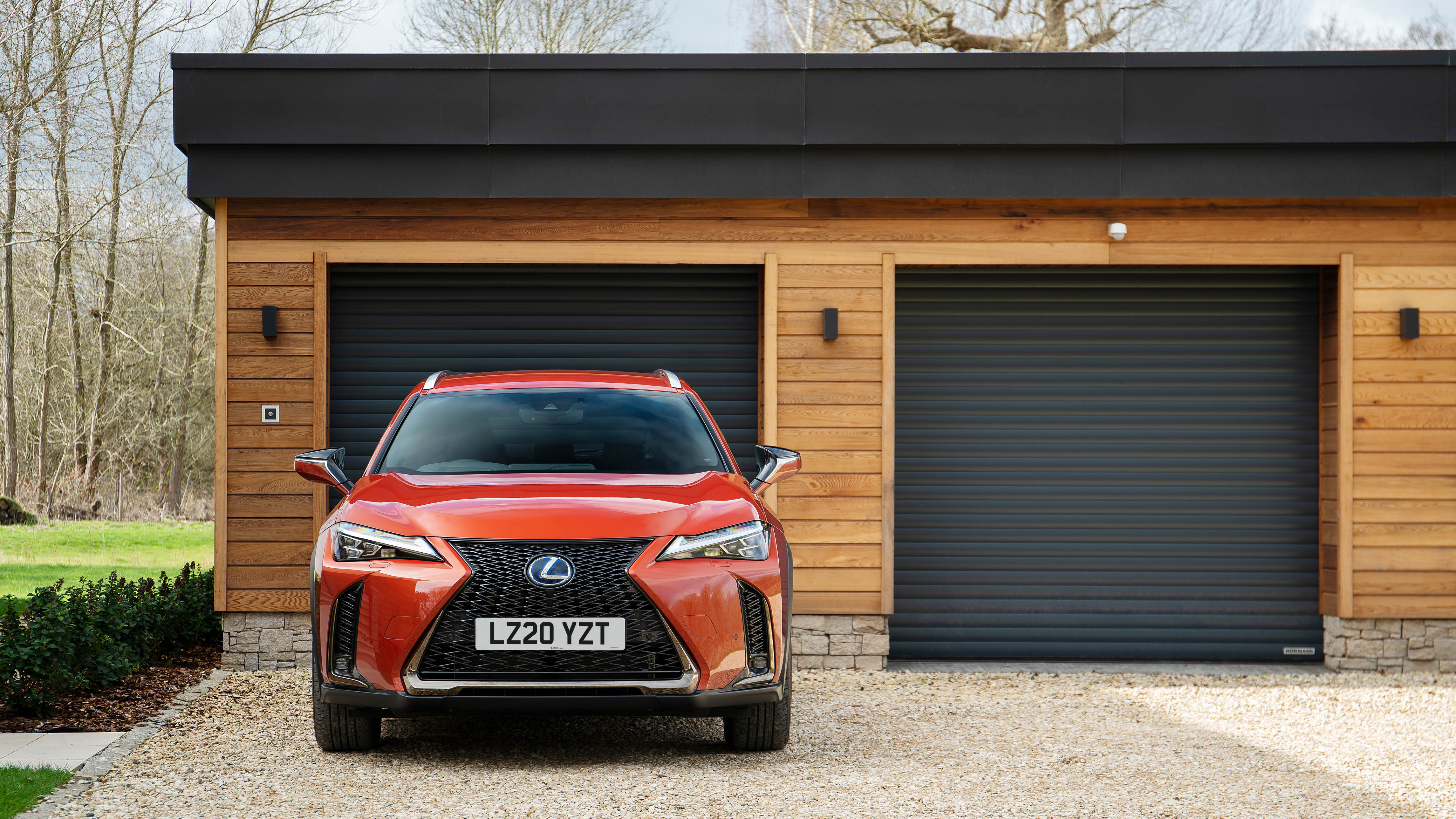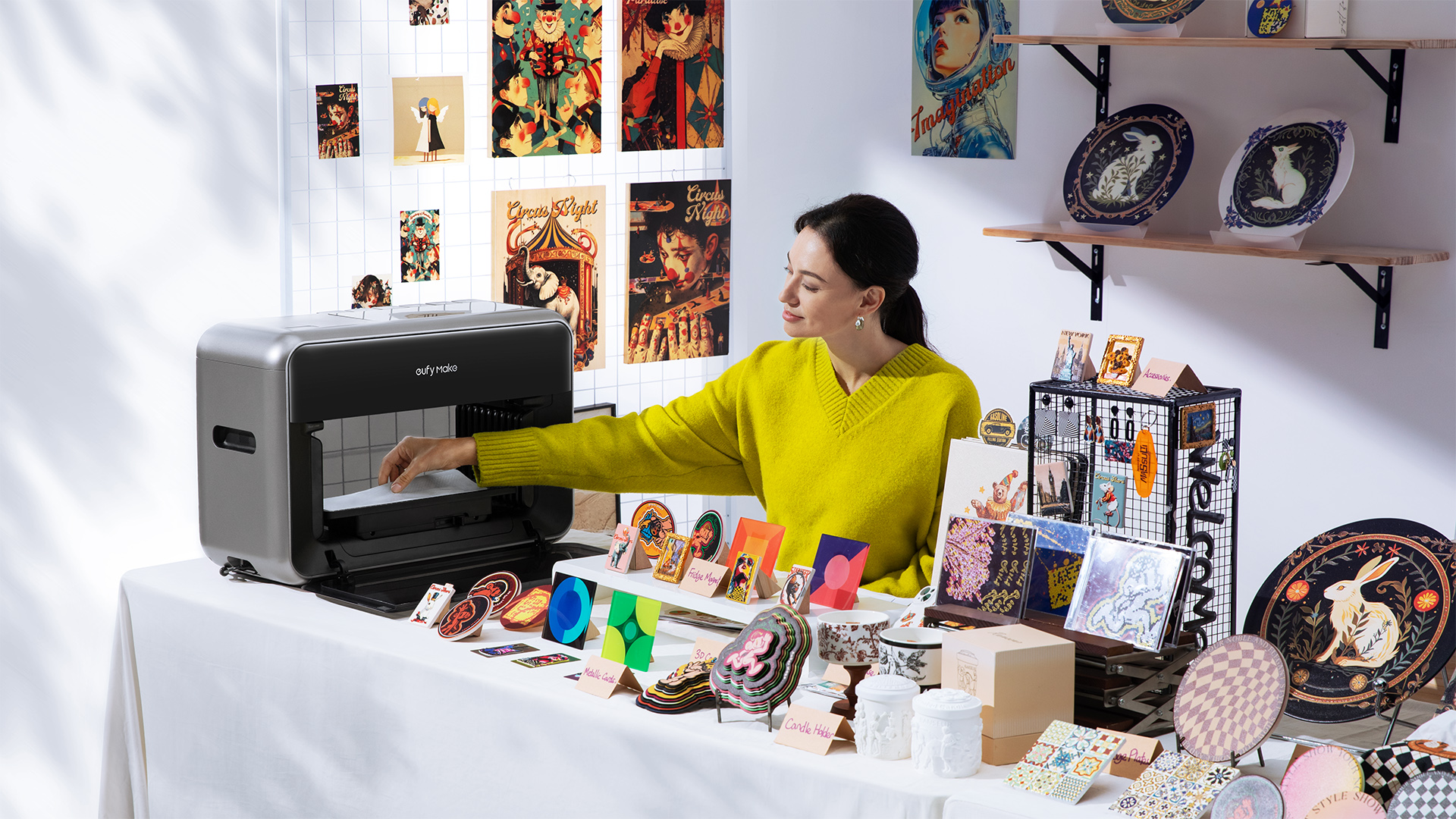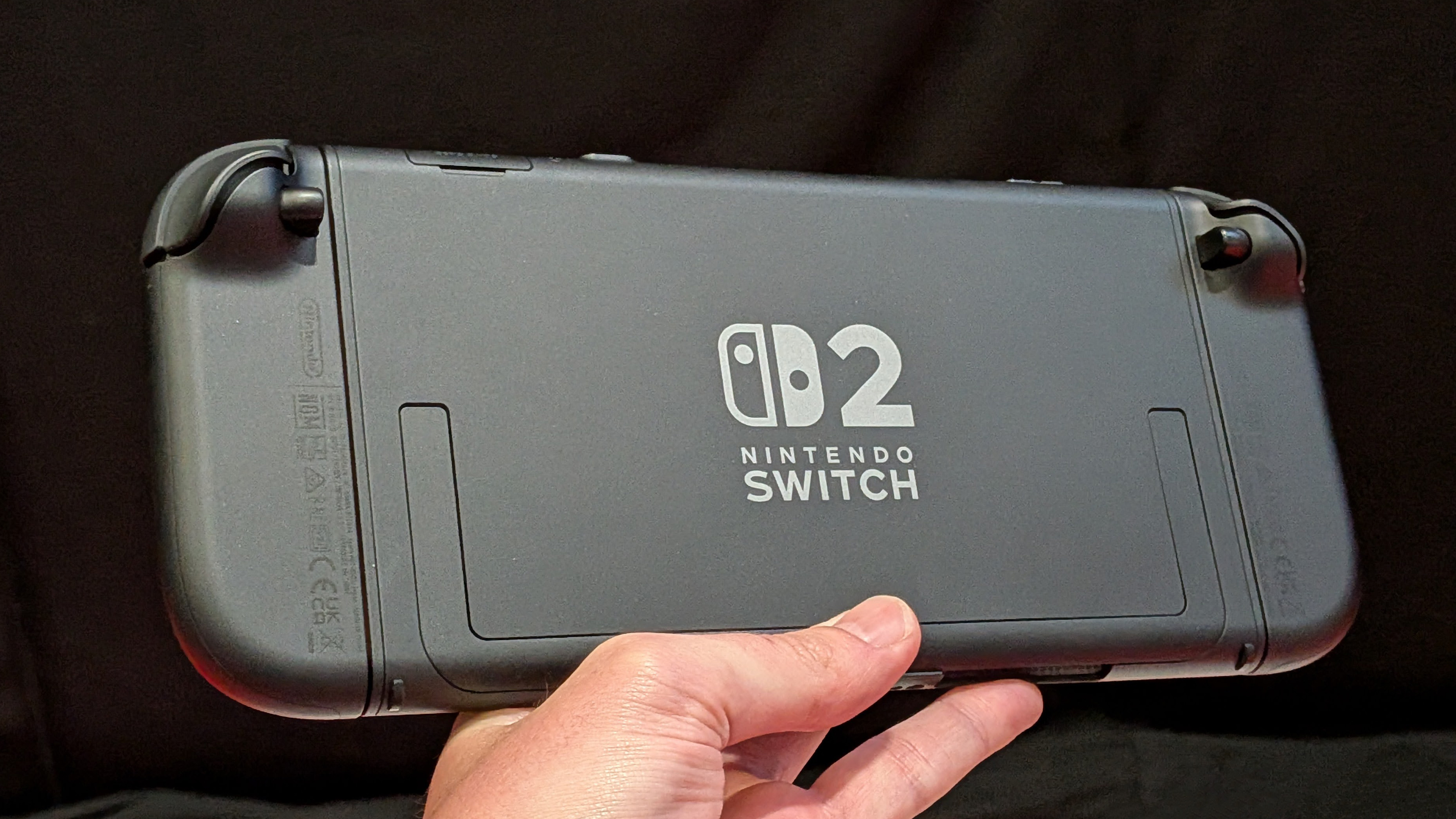

With much of the world stuck indoors during coronavirus lockdown, our cars are going unused for days or even weeks at a time.
This can cause problems, especially for slightly older vehicles, and lead to the car not running smoothly, or even starting at all, when we're finally allowed back out again.
To help drivers keep their cars maintained and ready to go again, Lexus has issued a list of useful tips to follow. They include advice how to correctly store your car if you have a garage, where to safely keep the keys to prevent running their battery dry, and what to do with hybrids.
- You must get one of the best dash cams
- These are the best sat navs
- Check out the best car phone holders
You could even save yourself some money by declaring the vehicle as being off the road and earn a refund on your road tax.
1. Check the tyre pressure
Check the tyres are fully inflated to the recommended level. It can be a good idea to repeat this process when you first drive your car after a long period of inactivity. You can find the correct pressure for your car in the driver's handbook, or by searching online.
2. Storing the car
Clean the car thoroughly inside and out and if you are storing it in a garage, making sure it is completely dry before putting it away.
If you do plan to store your car in a garage, ensure the chosen storage area offers plenty of ventilation. If the space is secure, you could consider opening one of the car’s windows a small way to ventilate the interior. If you do this, you might have to change your car alarm’s setting to prevent it setting off the intrusion sensor – please consult your car’s manual for more information.
Sign up to the T3 newsletter for smarter living straight to your inbox
Get all the latest news, reviews, deals and buying guides on gorgeous tech, home and active products from the T3 experts
3. Disengage the parking brake
It can be beneficial to leave the vehicle with the parking brake disengaged to prevent the brakes from binding, but only do this if you are certain the car is on level terrain and isn’t going to move. Ensure the transmission is set to ‘P’ for park and if you have a manual car put it into first gear, and place wedges or chocks, if you have them, under the wheels.
4. Put the keys away
If you aren’t planning to drive your car for a long time, put the smart key in a safe place and don’t carry it around with you in your pocket. This will prevent the car from ‘waking up’ unnecessarily should you happen to walk near it in your garage or driveway.
If your vehicle is equipped with smart entry and start but the system isn’t operated for a long time, a battery-saving function will automatically be activated to prevent the 12-volt battery from being discharged.
You should also store the car key fob away from the exterior doors of your home, to prevent thieves from attempting to amplify its signal and steal the vehicle.
5. Advice on starting your petrol or diesel car regularly
Many petrol and diesel cars only have a 12-volt battery, which provides the power to start the engine. A conventional petrol and diesel engines needs to run for approximately 20 minutes to recharge what was used by the battery to start it. To maintain the battery, running the engine for a period of time at least once a week is advised. The length of time needed to charge the battery will vary according to the model.
6. Keeping the battery charged
If you have a 12V battery trickle charger, or a solar panel charger, and are confident using them, then these are a good option to keep the battery fully charged while the vehicle is stationary for a period of time. You might want to consider an intelligent trickle charger that will only charge the battery when it needs to, but these are likely to be more expensive.
7. Advice on starting your hybrid regularly
Hybrid vehicles generally contain two batteries: a 12-volt battery (which powers systems such as the headlamps and audio) and a high-voltage hybrid system battery (which supplies the power to start the combustion engine and drive the electric motors).
The simplest way to maintain charge in both of these is to simply go through the normal start procedure.
Lexus recommends the car is put into ‘Ready’ mode for about 60 minutes (no need to keep your foot on the brake) before switching it off again and repeating the process every couple of weeks.
Always adhere to the government’s advice regarding social distancing and coronavirus (Covid-19) and please don’t leave your car unattended when it is switched on. While the car is in ‘Ready’ mode, you may hear and feel the internal combustion engine kick in, which is a normal part of the self-charging process. You might be tempted to switch on the radio to pass the time, or turn on other systems, but these will consume small amounts of electrical power so it’s best to leave them off.
Ensure the parking brake is on; there’s no need to go for a drive, although we must stress that this procedure should only take place in a well-ventilated area – something to consider if you park your vehicle in a garage.
8. Saving on tax
If the vehicle will be kept on private property (such as inside a garage) for the duration of its storage, you could consider applying for a Statutory Off Road Notification (SORN).
This informs the DVLA that the car is off the road and you will receive a refund of any remaining full months of tax. However, you won’t be able to drive your car legally until you tax it again, so it’s only advisable if you are positive you won’t use your car for a long time. You can read more information about how to SORN your car here.
Liked this?
Alistair is a freelance automotive and technology journalist. He has bylines on esteemed sites such as the BBC, Forbes, TechRadar, and of best of all, T3, where he covers topics ranging from classic cars and men's lifestyle, to smart home technology, phones, electric cars, autonomy, Swiss watches, and much more besides. He is an experienced journalist, writing news, features, interviews and product reviews. If that didn't make him busy enough, he is also the co-host of the AutoChat podcast.

